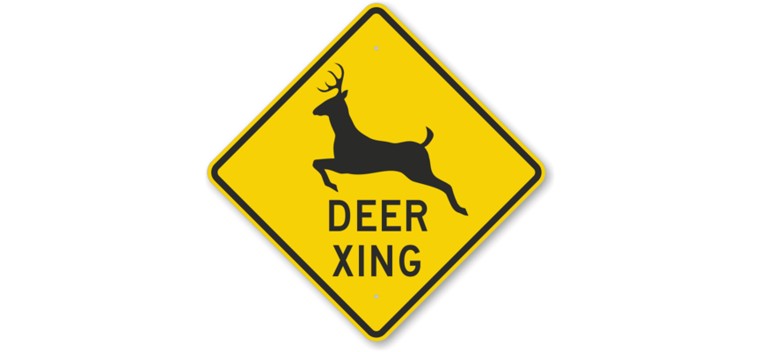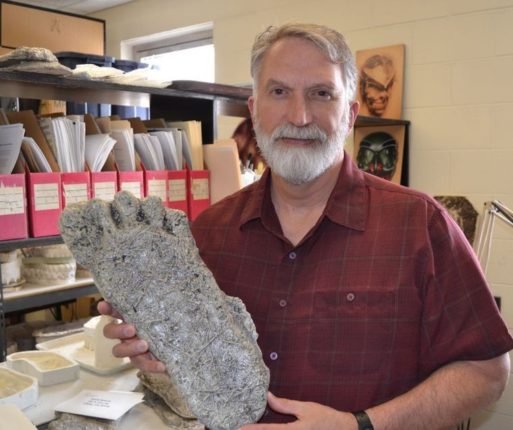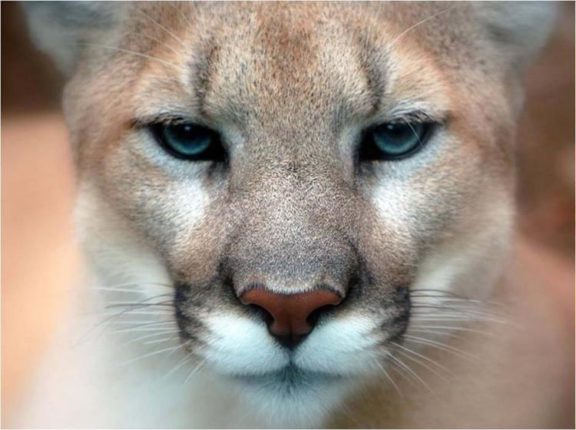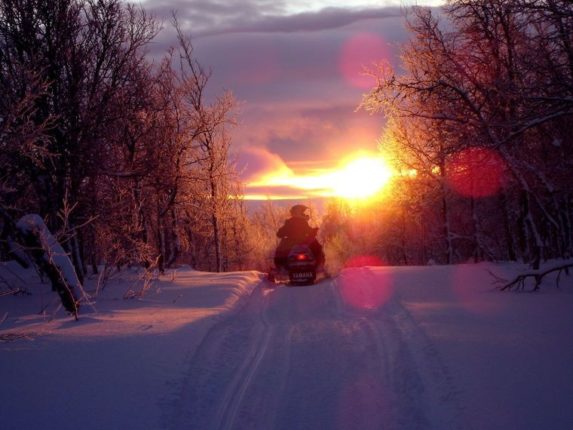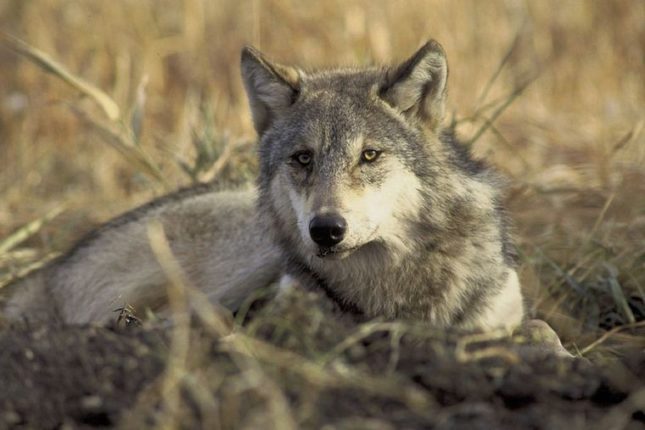SPOKANE, Washington (AP) — Laws in Idaho and Washington that allow people to salvage roadkill have yielded some benefits, according to wildlife officials in both states.
Idaho and Washington have passed laws allowing people to salvage roadkill, provided they fill out a short form with the state wildlife agency to get a permit.
Washington’s law, which took effect July 1, 2016, allows for deer and elk only, The Spokesman-Review reported. Between then and the end of 2017, 3,099 animals were salvaged off Washington roads, the Washington Department of Fish and Wildlife said.
Idaho’s law, which took effect six years ago, is much broader, listing nearly 50 species of mammals and birds as salvageable. Most animals are fair game, provided they’re not endangered, threatened or otherwise protected by federal or state law.
Deer and elk top the list in Idaho. But Idaho residents have also hauled away 419 moose, 55 black bears, 51 wild turkeys and 39 beavers since the law went into effect.
Under a law passed last year, Oregon will begin allowing permit holders to salvage roadkill in 2019.
Salvagers don’t have to say what they intend to do with the animal. Gregg Servheen, the wildlife program coordinator at Idaho Fish and Game, said salvagers, in addition to eating, may be practicing taxidermy, looking for hides to display, gathering items for crafts or regalia or making their own fishing lures.
Idaho’s roadkill data is more detailed than Washington’s, with a greater variety of species and occasional notes from the salvager. The species is often a best guess from the salvager.
In Washington and Idaho, the locations of salvaged animals are reported by the people who take them home. People fill out the permit form online and have the option of clicking a point on a map or listing a highway and milepost.
Most of the animals end up along highways and major roads, as well as along smaller roads traveling through national forest land. Mapping Idaho’s roadkill produces a scattering of dots across Montana, Alberta and Oregon. Washington’s extends into the Pacific Ocean off the coast of Aberdeen.
Wildlife officials in both states say they haven’t seen negative impacts from the law on other wildlife populations. Health districts haven’t complained either.
Their hope is that having fewer carcasses sitting alongside the road will prompt raptors and scavengers to stay away. That might mean people see fewer eagles in the wild, but it doesn’t mean they’re not there.
